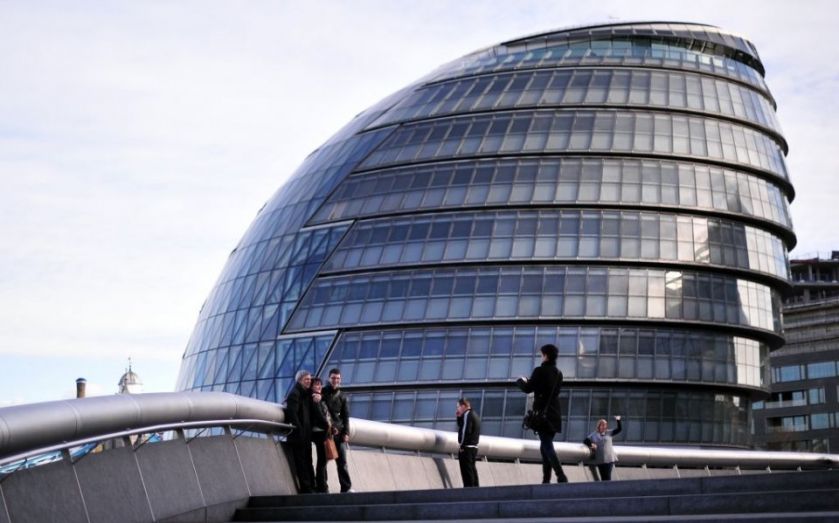Why 2016 will be the year that peer-to-peer lending finally enters the financial mainstream

UK peer-to-peer platforms will have lent over £2bn by the end of 2015. Our activities account for 92 per cent of the alternative finance industry, and peer-to-peer lending forms a significant part of the wider financial landscape in its own right.
In just 10 years, we have developed into a grown-up and regulated industry. This year alone has seen platforms receive unicorn valuations, innovative partnerships, greater institutional participation, and permanent capital vehicles raising hundreds of millions of pounds for investment through UK and European platforms. Zopa has now lent well over £1.2bn, Funding Circle is one of the largest lenders to small businesses in the country, and platforms continue to attract and close ever larger funding rounds.
The momentum behind the industry is impressive and, in 2016, I believe we will reach another level for peer-to-peer. Lending volumes for the whole UK peer-to-peer/marketplace lending industry are expected to double to over £4bn.
A glance at the macro trends shows that the wind is firmly in our sails. Unsecured consumer lending was in decline for about five years after the crisis, but it’s beginning to grow again. Consumers are increasingly paying back the debt they take out – by some measures, consumer and small business credit performance is at its best levels this century. Demand for credit continues to increase and low interest rates mean that unsecured personal lending as an asset class is hugely in demand, both from individual and institutional lenders, due to its reliable and predictable returns.
The UK peer-to-peer lending industry is also benefiting from a unique level of government support. Britain is the only place in the world with a dedicated regulatory regime for peer-to-peer lending, and platforms will become fully regulated by the Financial Conduct Authority in 2016. The introduction of the Innovative Finance Isa and changes to the tax treatment of loans made on platforms are two concrete examples of policy moves which support this industry.
The government has also endorsed the concept through its actions: it has lent through multiple platforms via the British Business Bank, with some becoming approved local government partners. Where traditional financial services have faltered in the wake of the crisis, the government has turned to the peer-to-peer industry for solutions.
I believe we are in the right place at the right time for peer-to-peer lending to go mainstream, and it will now be up to us, the individual platforms, to make the most of the opportunities that lie ahead. By getting even better at what we are already experts at, using technology and data to drive growth, and maintaining our customer focus, we can continue to grow and bring peer-to-peer lending to millions of consumers and businesses.
Next year promises to be bigger and bolder not only for Zopa but for the whole industry, as we believe that the peer-to-peer model of directly connecting those with money to those who want to borrow is fundamentally a better and fairer form of finance. And we’re confident that it won’t be long until this better way becomes the normal way.
Jaidev Janardana is chief executive of Zopa.